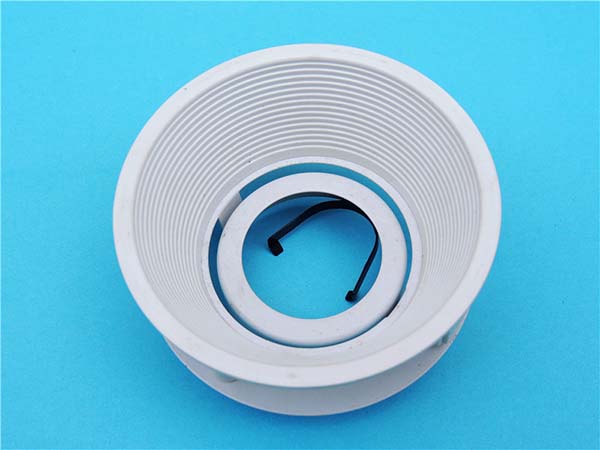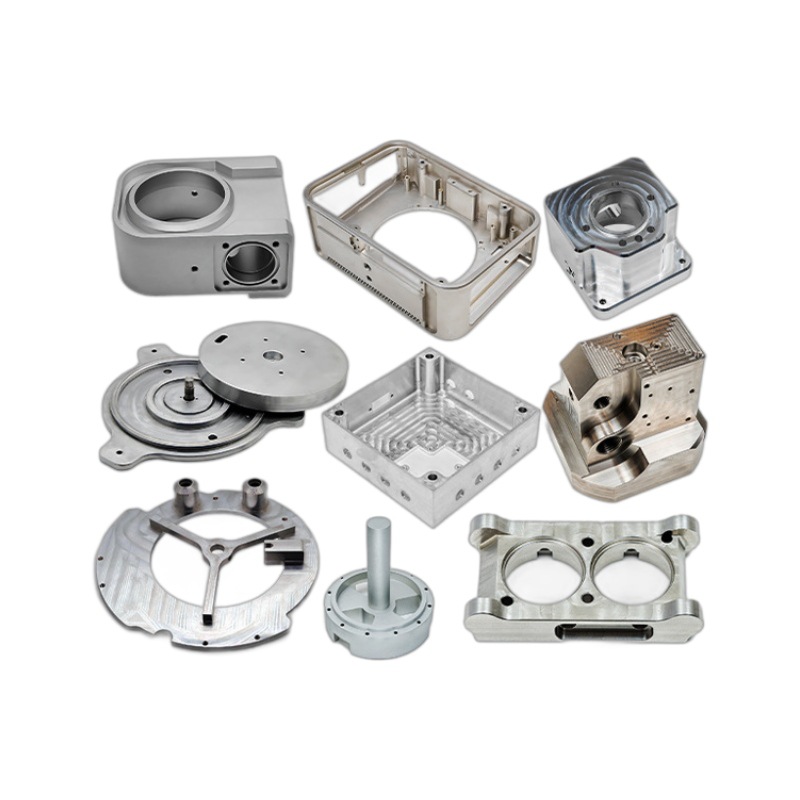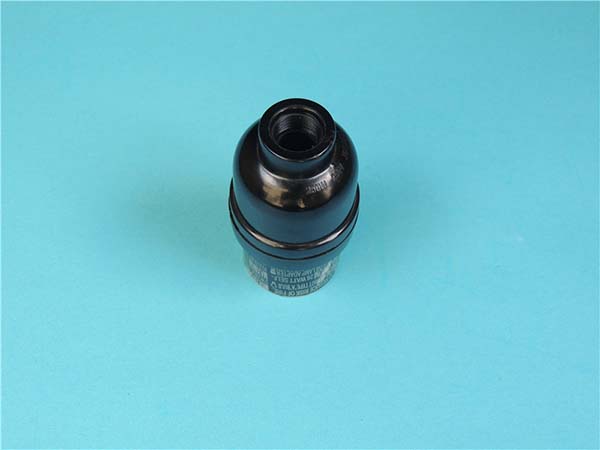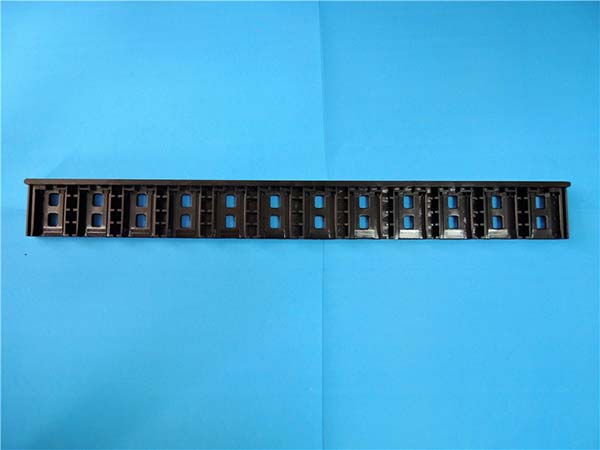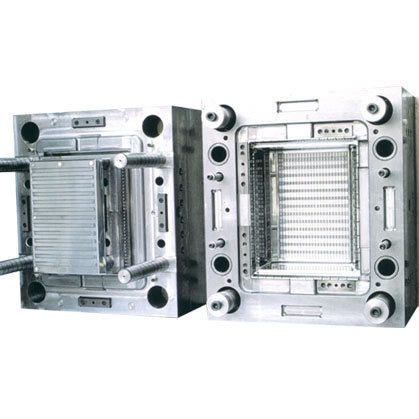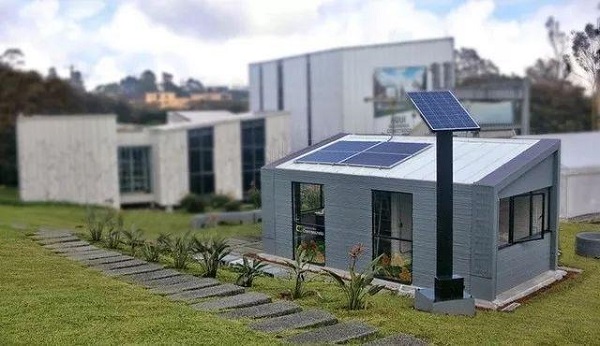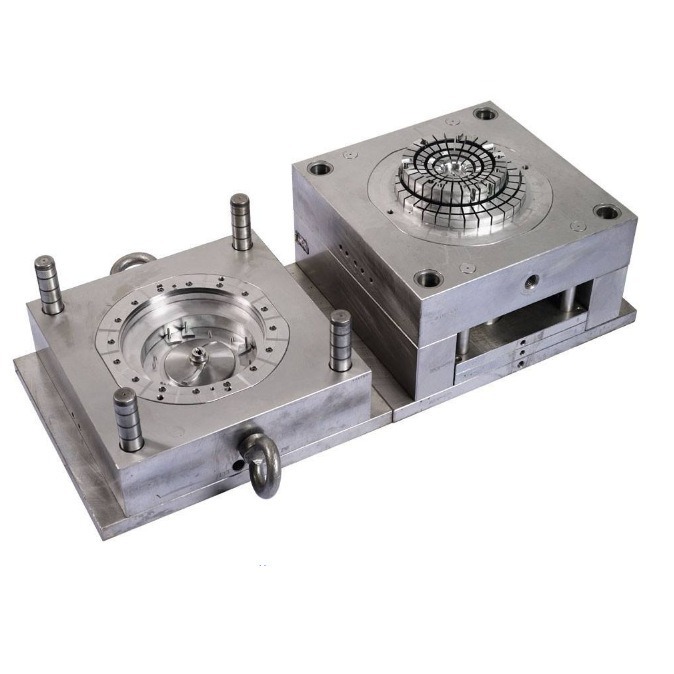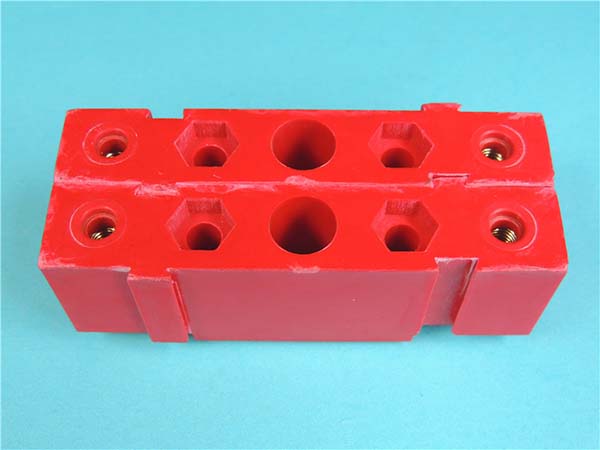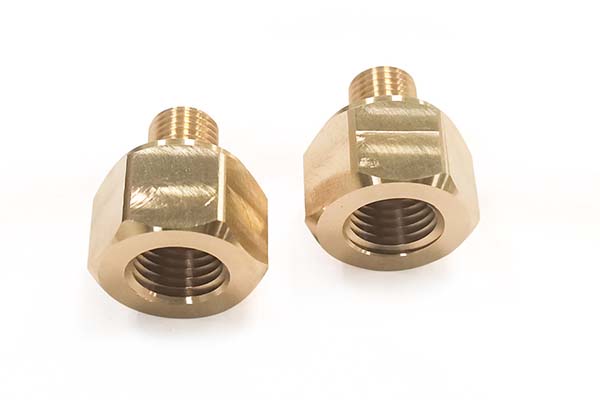CNC machining of PS (polystyrene) comes with unique challenges that manufacturers often encounter. Its inherent brittleness makes it prone to cracking and chipping under cutting forces, especially when using improper tool selection or aggressive cutting parameters. PS has low impact resistance compared to other thermoplastics, increasing the risk of workpiece damage during handling and machining. Additionally, its low thermal stability (softening point around 80-100°C) causes it to melt easily under prolonged cutting heat, leading to poor surface finish and tool fouling. Achieving tight tolerance verification is further complicated by its moderate dimensional stability—slight warping can occur if cooling is uneven after machining. This guide addresses these pain points, offering expert strategies to master CNC machining of PS.
CNC Machining Techniques for PS
The CNC machining techniques for PS require tailored approaches to handle its brittleness and low thermal stability:
- CNC milling: The primary process, using sharp tools and gentle feed rate to minimize cracking. A spindle speed of 5000-8000 RPM and feed rate of 0.1-0.25 mm/tooth works well, with a depth of cut of 0.5-2 mm for roughing and 0.1-0.2 mm for finishing. Climb milling reduces chipping by cutting cleanly through the material, while conventional milling is better for avoiding edge damage in thin sections.
- CNC turning: Suitable for cylindrical PS parts like dowels or containers, with spindle speed of 2000-4000 RPM and feed rate of 0.1-0.15 mm/rev. A positive rake angle (+10° to +15°) on tools reduces cutting pressure, minimizing the risk of cracking.
- Drilling and routing: Requires high-speed steel or carbide drills with a 118° point angle to prevent splintering. Routing for shapes like signage uses spiral-flute bits with a spindle speed of 8000-12000 RPM to ensure clean edges, while peck drilling clears chips to avoid clogging and heat buildup.
- Tool path optimization: Smooth, continuous toolpaths reduce abrupt direction changes that can cause PS to fracture. CAD/CAM integration helps generate paths with gradual curves and minimal stops, reducing stress on the material. For complex geometries, layered machining (multiple shallow passes) distributes cutting forces, preventing cracks.
- Coolant usage: Compressed air or light mist coolant (3-5% concentration) is ideal, as excessive liquid can cause PS to absorb moisture—though its chemical resistance to water is good, prolonged exposure affects dimensional stability. Coolant also prevents melting by dissipating heat at the cutting edge.
Material Properties of PS
PS (polystyrene) is a versatile thermoplastic with properties that influence its machinability:
- Lightweight: With a density of 1.04-1.06 g/cm³, it is easy to handle and ideal for packaging materials and lightweight components.
- Good insulation: Excellent electrical and thermal insulation properties make it suitable for consumer electronics casings and insulation panels.
- Easy to process: PS machines quickly with minimal tool wear, contributing to its low cost advantage compared to engineering plastics.
- Optical clarity: General-purpose PS offers high transparency, making it ideal for point-of-purchase displays and clear containers—though this requires flawless surface finish during machining.
- Flame retardancy: Certain grades (e.g., FR-PS) meet UL94 V2 or V0 ratings, expanding its use in automotive interiors and electrical applications.
- Chemical resistance: Resists dilute acids, alcohols, and oils but is susceptible to attack by aromatic solvents (e.g., benzene) and chlorinated hydrocarbons.
| Property | General PS | High-Impact PS | PS Foam |
| Impact Resistance | Low | Medium-High | Low (but energy-absorbing) |
| Thermal Stability (°C) | 80-100 | 85-105 | 70-90 |
| Optical Clarity | High | Low (opaque) | Low (opaque) |
| Density (g/cm³) | 1.04-1.06 | 1.03-1.05 | 0.03-0.1 |
Applications of PS
CNC machined PS parts are widely used across industries for their versatility and cost-effectiveness:
- Packaging materials: Custom trays, inserts, and protective cases leverage PS’s lightweight nature and ease of machining, providing secure protection for fragile items.
- Consumer electronics casings: Housing components for small appliances and gadgets use its good insulation and low cost, with optical clarity (for clear models) enhancing product aesthetics.
- Food containers: Disposable and reusable food vessels benefit from PS’s chemical inertness (FDA-compliant grades) and ease of cleaning, suitable for both hot and cold foods.
- Automotive interiors: Trim pieces, knobs, and insulation panels use flame-retardant PS grades, balancing cost and performance in vehicle cabins.
- Medical device components: Non-implantable parts like test tube holders and instrument trays use PS’s sterility and ease of machining, with proper cleaning meeting ISO 13485 standards.
- Prototyping: PS is ideal for rapid prototyping due to its low cost and quick machining time, allowing designers to test form and fit before mass production.
CNC Machining Equipment for PS
Specialized CNC machining equipment ensures precision in PS processing:
- CNC milling machines: 3-axis and 5-axis mills with rigid frames and low-vibration spindles minimize material vibration, critical for preventing cracking in brittle PS.
- CNC lathes: High-precision lathes with soft-jaw chucks prevent marring and crushing, ensuring smooth surfaces in cylindrical parts like food containers.
- Multi-axis machining centers: Enable complex geometries to be machined in one setup, reducing workpiece handling and minimizing the risk of damage from repeated clamping.
- High-speed spindles: 6000-10000 RPM spindles reduce cutting time, lowering the risk of PS melting due to prolonged heat exposure.
- Coolant systems: Low-pressure mist coolant (2-5% concentration) or compressed air systems dissipate heat without soaking the material, preserving dimensional stability.
- Vacuum fixtures: Gentle-force vacuum tables (≥-60 kPa) secure PS sheets during machining, preventing warping while avoiding excessive pressure that could cause cracking.
Quality Control in CNC Machining PS
Maintaining quality in PS parts ensures performance and aesthetics:
- Inspection methods: Dimensional measurement using coordinate measuring machines (CMMs) verifies tolerances, with measurements taken 1 hour after machining to account for thermal contraction.
- Surface roughness: PS typically achieves Ra 0.8-1.6 μm with standard machining. Profilometers check for melt marks and chipping, with Ra <0.8 μm required for optical clarity applications like signage.
- Tolerance verification: Statistical process control (SPC) tracks variations, ensuring parts meet ±0.03-0.08 mm tolerances—tighter (±0.02-0.05 mm) for precision components like electronics casings.
- Non-destructive testing: Visual inspections under magnification (10-20x) detect cracks and chips, critical for load-bearing parts like automotive interiors.
- Hardness testing: Rockwell M hardness (60-70) is verified to ensure material consistency—variations can indicate inconsistent polymerization and machinability.
- In-process monitoring: Infrared temperature sensors track cutting zone heat, triggering adjustments to spindle speed or feed rate if temperatures exceed 90°C, preventing melting.
Yigu Technology's Perspective
Yigu Technology specializes in CNC machining PS, leveraging expertise in handling its brittleness and thermal sensitivity. We use sharp carbide tools with polished flutes to minimize chipping and low-force vacuum fixtures to prevent cracking. Our multi-axis machining centers and CAD/CAM integration ensure complex parts like consumer electronics casings and prototypes are machined accurately in one setup. Quality control includes CMM inspections and visual checks for surface defects, critical for clients requiring optical clarity. We optimize cutting parameters to balance speed and heat management, delivering parts with consistent surface finish and tight tolerances. Whether producing packaging materials or medical components, we tailor our processes to PS’s unique needs, ensuring cost-effective, high-quality results.
FAQ
- Why is PS prone to cracking during machining, and how to prevent it?
PS’s brittleness causes cracking under excessive cutting pressure. Prevention involves using sharp tools with positive rake angles, feed rate of 0.1-0.2 mm/tooth, and depth of cut ≤2 mm. Gentle handling and vacuum fixtures with even pressure also reduce stress on the material.
- How to avoid melting and poor surface finish in PS machining?
PS melts at 80-100°C, so use spindle speed of 5000-8000 RPM to reduce cutting time, and mist coolant to dissipate heat. Avoid prolonged tool contact—optimize tool paths for continuous cutting, and clean tools regularly to prevent plastic buildup.
- What tolerance and surface roughness can be achieved in PS machining?
Standard PS machining achieves tolerances of ±0.03-0.08 mm and Ra 0.8-1.6 μm. For precision applications (e.g., electronics casings), tighter tolerances (±0.02-0.05 mm) and Ra <0.8 μm are possible with high-speed spindles (8000 RPM), sharp PCD tools, and light finishing passes.
